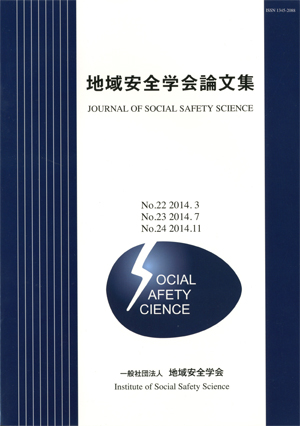Volume 22
Displaying 1-8 of 8 articles from this issue
- |<
- <
- 1
- >
- >|
-
2014Volume 22 Pages 1-10
Published: March 20, 2014
Released on J-STAGE: August 02, 2017
Download PDF (1115K) -
2014Volume 22 Pages 11-21
Published: March 20, 2014
Released on J-STAGE: August 02, 2017
Download PDF (5213K) -
2014Volume 22 Pages 23-31
Published: March 20, 2014
Released on J-STAGE: August 02, 2017
Download PDF (935K) -
2014Volume 22 Pages 33-42
Published: March 20, 2014
Released on J-STAGE: August 02, 2017
Download PDF (1070K) -
2014Volume 22 Pages 43-50
Published: March 20, 2014
Released on J-STAGE: August 02, 2017
Download PDF (718K) -
2014Volume 22 Pages 51-58
Published: March 20, 2014
Released on J-STAGE: August 02, 2017
Download PDF (2004K) -
2014Volume 22 Pages 59-65
Published: March 20, 2014
Released on J-STAGE: August 02, 2017
Download PDF (840K) -
2014Volume 22 Pages 67-77
Published: March 20, 2014
Released on J-STAGE: August 02, 2017
Download PDF (608K)
- |<
- <
- 1
- >
- >|
